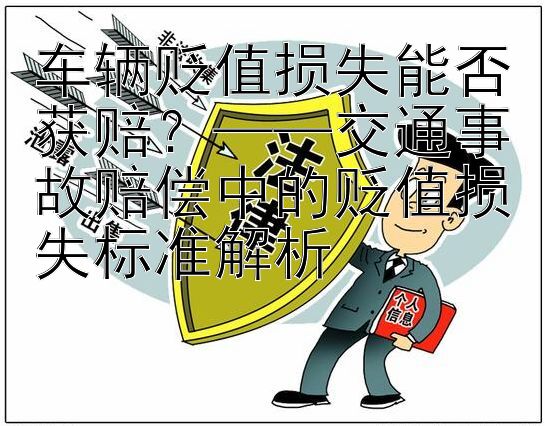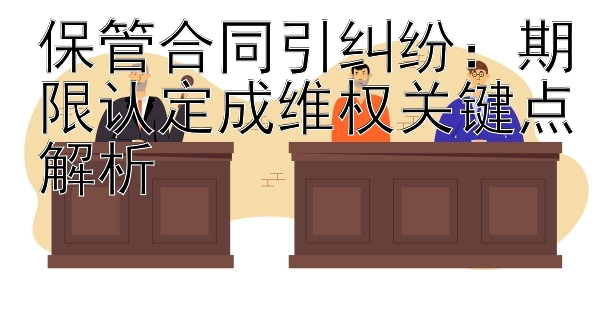全面解析强制执行:步骤详解与策略指南
导读强制执行是指通过法院或其他执法机构采取行动,以实现判决、裁决或法律规定的内容的过程。在民事案件中,当一方不履行其应尽的义务时,另一方可以通过强制执行程序来实现自己的权益。本文将详细介绍强制执行的步骤和策略。第一步:申请强制执行要开始强制执行过程,胜诉的一方(即申请人)必须向法院提出正式的申请。这个申......
强制执行是指通过法院或其他执法机构采取行动,以实现判决、裁决或法律规定的内容的过程。在民事案件中,当一方不履行其应尽的义务时,另一方可以通过强制执行程序来实现自己的权益。本文将详细介绍强制执行的步骤和策略。
第一步:申请强制执行
要开始强制执行过程,胜诉的一方(即申请人)必须向法院提出正式的申请。这个申请通常被称为“强制执行令”(Writ of Execution)或者类似的文件,具体名称可能因地区而异。申请书中应该包括以下信息:
- **** [Your Answer Here]
- The Original Judgment or Order: This should include the date, case number and a summary of the original judgment or order that is being enforced.
- Names and Addresses: The names and addresses of both parties (the applicant and the respondent) must be included.
- Details of Non-Compliance: A detailed explanation of why the respondent has failed to comply with the court's decision should be provided.
- Relief Sought: The specific relief sought through the enforcement process should be clearly stated.
- Supporting Documents: Any relevant documents that support the application for enforcement may also need to be attached.
第二步:准备执行计划
一旦法院批准了强制执行令,申请人需要准备一份详细的执行计划。这份计划应该包含以下几个部分:
- Property Identification: Identify all assets owned by the respondent that could potentially satisfy the debt. These might include real estate, vehicles, personal property, bank accounts, investments, etc.
- Legal Research: Conduct thorough legal research on the types of assets that can be seized under local laws and how best to proceed with their seizure.
- Strategy Development: Develop a strategy for seizing each type of asset, considering factors such as the ease of access, potential resistance from the respondent, and any special considerations required due to the nature of the asset.
- Timeline: Set realistic timelines for each step in the plan to ensure efficient progress towards satisfaction of the debt.
- Contact Information: Include contact information for all relevant parties involved in the execution process, including lawyers, court officials, and any third parties who will assist in the execution.
第三步:实施执行计划
根据制定的执行计划,申请人及其律师将与法院合作进行资产的扣押和出售。这个过程可能会涉及到以下步骤:
- Notice of Seizure: Send notice to the respondent informing them about the intent to seize their assets. This notice typically outlines the reasons for the seizure and provides instructions for responding if they believe there are grounds to challenge it.
- Seizure: Law enforcement officers or other authorized individuals appointed by the court may physically take possession of the identified assets. This usually requires compliance with strict procedures to protect the rights of the respondent.
- Appraisals: Assets may be appraised to determine their value before they are sold.
- Sale Procedures: Depending on the jurisdiction, the sale of these assets may occur at public auction or through private sales. The goal is to obtain the highest possible price to satisfy the outstanding debt.
- Distribution: After the sale, the proceeds are distributed according to the priority set forth by law, which often includes payment of costs associated with the seizure and sale, followed by partial or full satisfaction of the debt owed to the applicant.
第四步:应对可能的挑战
在强制执行过程中,被执行对象可能会对某些环节提出异议,例如对财产的识别、评估、销售等。在这种情况下,双方可能会进入进一步的谈判、调解或诉讼程序。如果出现这种情况,建议寻求专业法律顾问的意见,以确保合法有效地处理这些挑战。
第五步:监控进度并调整策略
在整个强制执行过程中,申请人应该密切关注进展情况,并与负责执行的官员保持沟通。如果有必要,可以根据实际情况调整执行策略,确保最大程度地满足自身合法权益。
结语
强制执行是一个复杂且有时耗时的过程,但它是维护司法公正的重要手段之一。了解每个步骤以及潜在的挑战可以帮助当事人更好地规划和管理这一流程,从而更有效地实现他们的权利。在任何情况下,寻求专业法律咨询都是非常重要的,以便获得最合适的解决方案。
热门标签




















